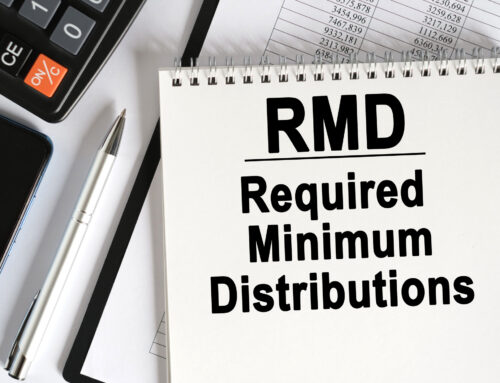
Planning for retirement income is a crucial aspect of achieving a secure and comfortable retirement. With longer life expectancies and the need for additional sources of income, it’s essential to consider various strategies to supplement Social Security benefits and ensure financial stability during retirement.
Importance of Supplementing Social Security Benefits
While Social Security provides a financial safety net for retirees, it’s important to recognize that it may not be sufficient to cover all expenses during retirement, especially with increasing life expectancies. Supplementing Social Security benefits with pensions, savings, or investments is essential for a secure retirement. This can provide a reliable source of income to maintain the desired standard of living and cover unexpected expenses.
Part-time Employment in Retirement
As people start to live longer and spend more time in retirement, putting extra strain on their savings, part-time employment in retirement can play a significant role in their finances. However, it can also improve your mental well-being and sense of purpose. Beyond the financial benefits of generating additional income, part-time employment provides a sense of purpose, social engagement, and mental stimulation. It can also ease the transition into retirement and help individuals stay active and involved in their communities.
Exploring Income Options for Retirement
There are many retirement income options out there, but when it comes to living in retirement, which ones can help you replace your paycheck and protect your nest egg? While a saving strategy may focus on accumulation, there are other options out there that focus more on turning savings into income to cover your expenses when you’re actually living your life in retirement or that prioritize protecting what you’ve saved so you can cover your costs more reliably. Such options could offer the potential for steady income streams while balancing risk and return.
Strategic Withdrawal Strategy vs. Fixed-Income Strategy
There are important benefits and risks of a strategic withdrawal plan versus a more fixed-income strategy. A strategic withdrawal strategy involves carefully managing withdrawals from retirement accounts to minimize the risk of outliving savings. On the other hand, a fixed-income strategy provides a predictable stream of income but may not offer the same potential for growth. Understanding the trade-offs between these approaches is vital in creating a sustainable retirement income plan.
Importance of a Comprehensive Plan
Even if you’ve reached your savings goal for retirement, there’s still much more to do to preserve those savings for the rest of your retirement and put it to good use to generate income. Since Social Security won’t cover all your retirement needs, it’s important to explore diverse investment options and evaluate strategies for supplementing benefits. Click HERE to reach out to one of our professionals at Mercer Advisors today for a complimentary review of your finances.
This information is provided as general information and is not intended to be specific financial guidance. Before you make any decisions regarding your personal financial situation, you should consult a financial or tax professional to discuss your individual circumstances and objectives. The information provided in this blog is for informational purposes only and should not be considered as official guidance or advice from the Social Security Administration (SSA). While we strive to provide accurate and up-to-date information, we are not affiliated with the SSA, and the content presented here may not always reflect the most current policies or regulations of the SSA. Therefore, readers are encouraged to verify any information provided here with official sources or consult with qualified professionals for personalized guidance regarding Social Security matters.




